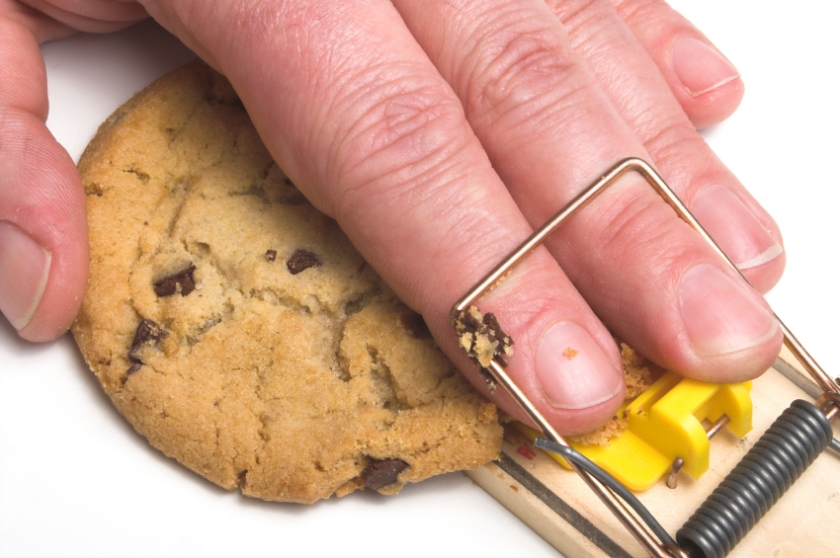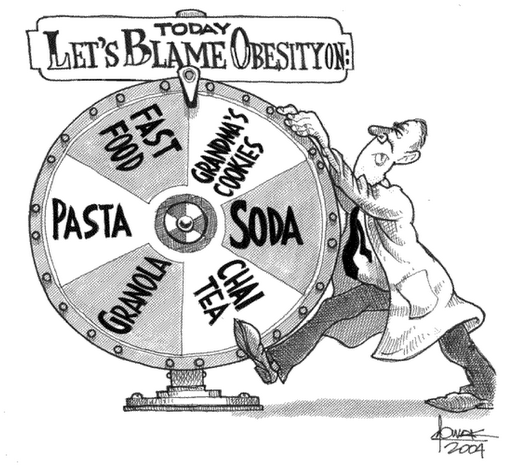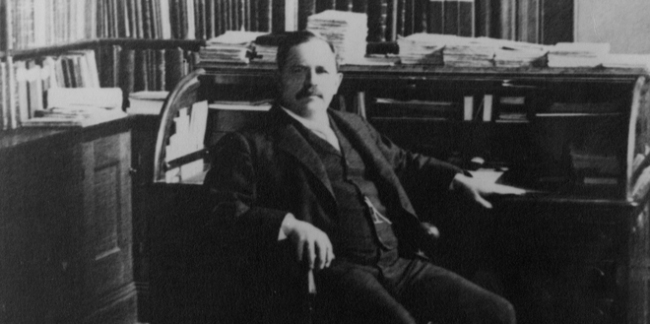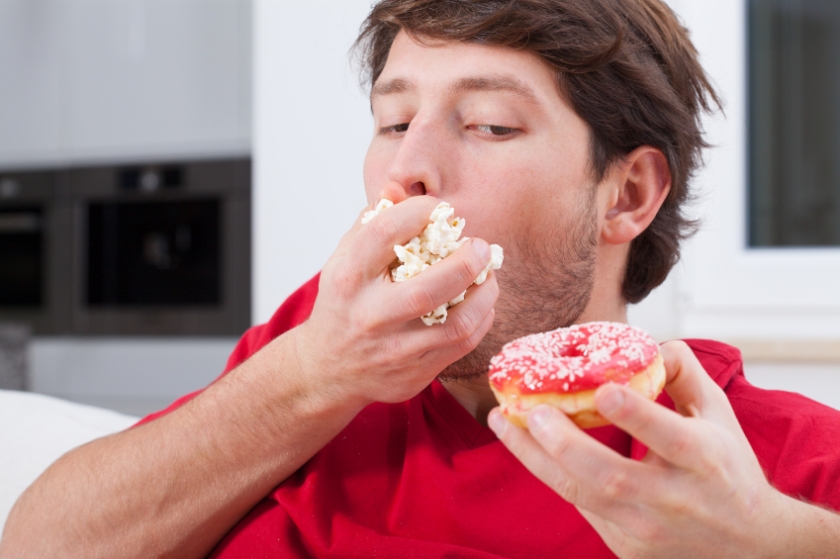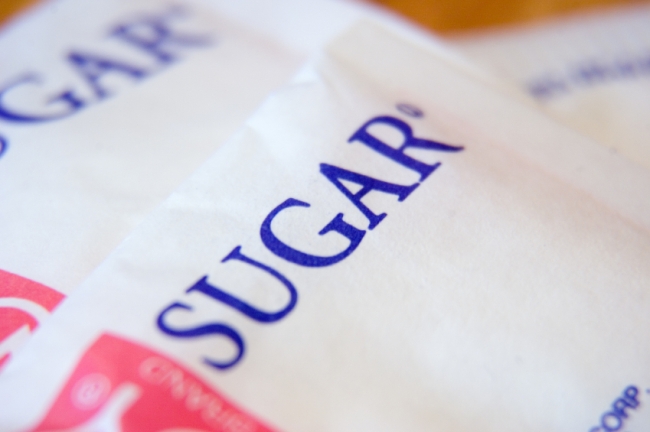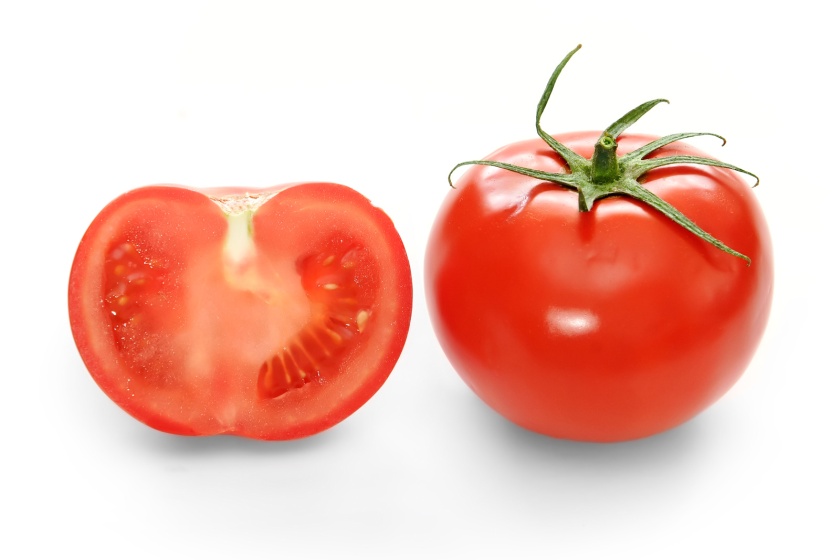
I suspect that I have never gone a day without a tomato of some kind. Life would not be life, as I know it, without tomatoes. If flavor is king, in fact, then I’d venture to say that the king of all that is food must be, that biological marvel of a red fruit that is used like a vegetable, that reminder of summers past, that sphere of sweetness, salt, and savory, that bloody gush of lycopene-colored goodness, that which tastes just as good when warm off the vine as it does in a vegetable salad, which could not be complete without it, that essential component of so many soups, salsas and sauces, the one and only tomato.
Clearly it’s hard for one who’s studied food to not fall in love with the tomato. Had I not studied food science, had I not joined Cactus Section IFT, had I not had my curiosity piqued by trainings on flavor science, and preservation and processing of foods, I could have not ever truly appreciated the taste of a tomato. The reason is its versatility across a wide variety of foods. It’s equally hard to not adore the tomato as a nutritionist. Whenever more tomatoes are around, more people receive their recommended daily servings of fruits, as well as vegetables. They get their vitamin C, they get their potassium, they get lycopene, and a range of other health-promising carotenoids.
Food processing also has nothing on the tomato. No pounding, mashing, pureeing, blending, or heating appears to do it harm. In fact, these all only appear to intensify its flavor, condensing the content of tomato aroma volatiles; simultaneously, they break apart natural binding components to release carotenoids making them more easily absorbed. And because those carotenoids are fat-soluble, any fusion with fats or oils as part of a prepared product only improves a tomato’s nutrition still further.
According to Wayne Bidlack, a professor in the Human Nutrition and Food Science Department at the California State Polytechnic University in Pomona, Calif., the tomato serves as a useful example of how a fresh food can be nutritious, even more nutritious, through food processing. Likewise, processing improves the release and absorption of beta-carotene from carrots, and removes phytate along with bran from grains that improves bioavailability of minerals including iron, calcium, magnesium, and zinc. Too often taken for granted are the cases when food processing has actually improved our diets. We, as food scientists and technologists, might do well to remind others of these examples and that, despite a few setbacks and contrary to popular opinion, the food industry has achieved great things.
Consumer preference does have the power to change food patterns, starting at home but influencing restaurant foods and food processing methods. The low-fat, low-carb, and gluten-free crazes of years past are all products of this ever-changing consumer environment. The food industry only sells products that people want to buy and if it doesn’t sell, it creates something else, Bidlack reminds. Food companies are quite conscious of the nutrition they sell, and, for the most part, the quality of our food supply has improved dramatically over the years. For example, the food industry can be credited for improving the way fresh fruits and vegetables are harvested and transported to market—over days and weeks, some stored in cold rooms to extend its freshness.
The processing of foods, Bidlack explains, also increased their shelf life extending outside of their seasonal production. This enabled their distribution over greater distances, decreasing spoilage and lowering prices that allowed lower income populations to access them. We can also thank the advent of food preservation and processing for giving us tomato flavor anytime and anywhere in a variety of foods for our nutrition and enjoyment. That’s all good news for me given as much as I love tomatoes fresh, in vegetable salads, as tomato sauce on pasta and in pizza, in tomato soup or gazpacho, and as tomato salsa in burritos or with chips. All of these foods keep my tomato tooth satisfied, along with my sweet, salt, and savory teeth, and as long as portions are controlled can be part of a healthy, balanced diet.



